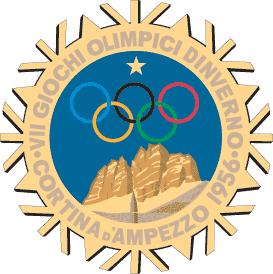For the past few years, I have been working on a highrise project in Calgary, Eighth Avenue Place. The project is currently under construction, well under way to being completed next year. I visit the site every couple of weeks to meet with our local partner architects in Calgary, the construction manager, and the general contractor.
This week was an important week for a site visit. My boss for the first time in a long time, was flying out to Calgary to see the project and to present a mockup of our fancy-schmancy lobby lighting scheme to a group of about 15 project owners and their representatives. No sooner had we stepped on site together for a tour Wednesday afternoon than we were evacuated from the building, along with many hundreds of construction workers! The culprit: a fire on the roof of the building podium.
This week was an important week for a site visit. My boss for the first time in a long time, was flying out to Calgary to see the project and to present a mockup of our fancy-schmancy lobby lighting scheme to a group of about 15 project owners and their representatives. No sooner had we stepped on site together for a tour Wednesday afternoon than we were evacuated from the building, along with many hundreds of construction workers! The culprit: a fire on the roof of the building podium.
Fortunately, nobody was hurt, and the fire was extinguished before it looked like any major damage to the structure occurred (although we are awaiting final reports of the damage from the contractor and a number of consultants). I can imagine that construction fires are probably some of the most dangerous building fires, as fire control control systems (sprinklers) are not yet functioning and many of the fire exits (stairs) are still under construction and/or blocked for construction.
Also fortunately, after a delay of a few hours, the fire marshall gave the all-clear and we and the workers were allowed back on site--and most importantly the owners, who had come in from all across Canada, were able to review the lighting mockup in the evening after all. We had been chasing our tail with the mockup for a couple of months, and were a little bit nervous about how the owners would receive it. But in the end, the owners accepted the scheme unanimously. Bullet dodged.
Never a dull moment.
And you thought architecture was boring!



































